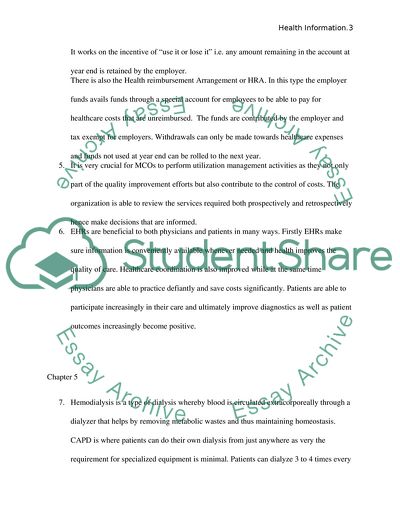Cite this document
(Comparative Health Information Management Essay, n.d.)
Comparative Health Information Management Essay. https://studentshare.org/health-sciences-medicine/1878876-capter-45-6
Comparative Health Information Management Essay. https://studentshare.org/health-sciences-medicine/1878876-capter-45-6
(Comparative Health Information Management Essay)
Comparative Health Information Management Essay. https://studentshare.org/health-sciences-medicine/1878876-capter-45-6.
Comparative Health Information Management Essay. https://studentshare.org/health-sciences-medicine/1878876-capter-45-6.
“Comparative Health Information Management Essay”. https://studentshare.org/health-sciences-medicine/1878876-capter-45-6.


